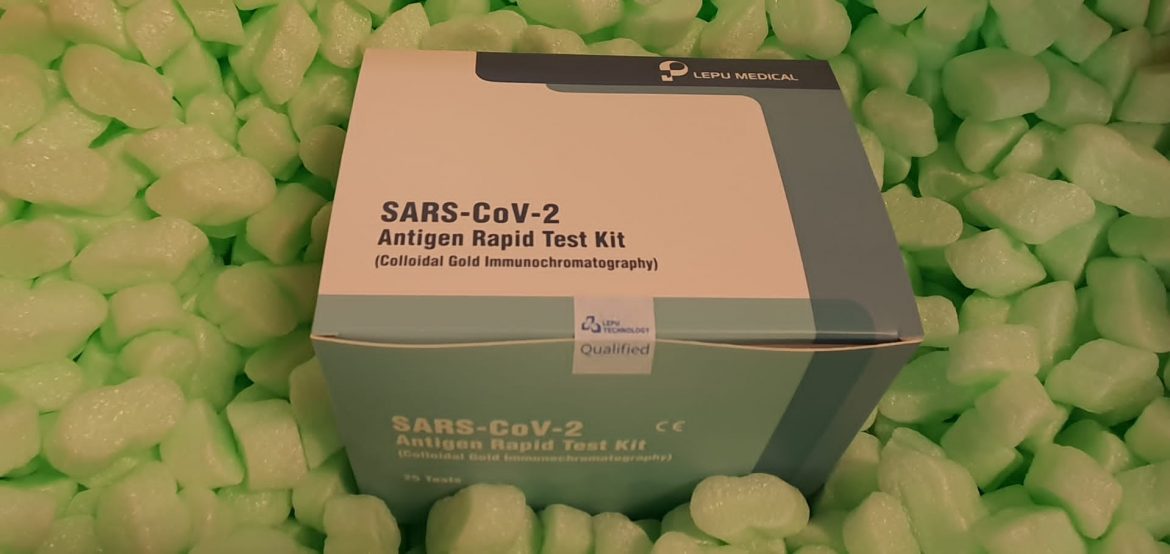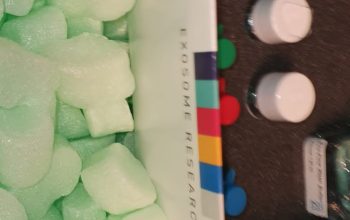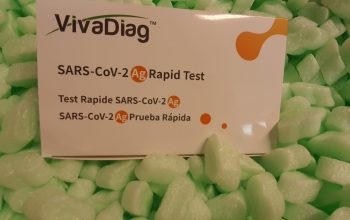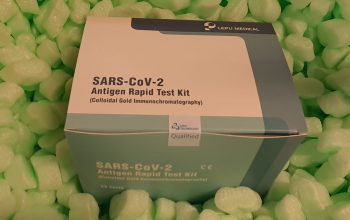Long-chain fatty acid oxidation is steadily impaired in major and systemic metabolic ailments affecting the guts, thus therapeutically growing reliance on usually minor energetic substrates, equivalent to ketones and medium chain fatty acids, may gain advantage cardiac well being. However, the molecular fundamentals of this remedy should not totally recognized. Here, we explored the flexibility of octanoate, an eight-carbon medium-chain fatty acid often known as an unregulated mitochondrial energetic substrate, to ameliorate cardiac hypertrophy in long-chain fatty acid oxidation poor hearts due to carnitine palmitoyltransferase 2 deletion. CPT2 converts acylcarnitines to acyl-CoAs in the mitochondrial matrix for oxidative bioenergetic metabolism.
In Cpt2M-/- mice, excessive octanoate-ketogenic food regimen failed to alleviate myocardial hypertrophy, dysfunction, and acylcarnitine accumulation suggesting that this different substrate is not sufficiently compensatory for vitality provision. Aligning this final result, we recognized a serious metabolic distinction between muscle mass and liver, whereby coronary heart and skeletal muscle mitochondria have been unable to oxidize free octanoate however liver was in a position to oxidize free octanoate. Liver mitochondria, however not coronary heart or muscle, extremely expressed medium-chain acyl-CoA synthetases, probably enabling octanoate activation for oxidation and circumventing acylcarnitine-shuttling.
Conversely, octanoylcarnitine was oxidized by liver, skeletal muscle, and coronary heart, with charges in coronary heart 4-fold larger than liver and, in muscle mass, was not dependent upon CPT2. Together, these knowledge recommend that dietary octanoate can not rescue CPT2-deficient cardiac illness. These knowledge additionally recommend the existence of tissue-specific mechanisms for octanoate oxidative metabolism, with liver being unbiased of free carnitine availability whereas cardiac and skeletal muscle mass rely upon carnitine however not on CPT2. Using high-resolution respirometry and a fluorescent indicator of ROS manufacturing, we then probed for adjustments in: i) lipid- (palmitoylcarnitine-malate), ii) carbohydrate- (pyruvate-malate), and iii) succinate-fueled metabolism, and additionally iv) complicated IV electron switch capability, and v) H2O2 manufacturing.
Oxidative phosphorylation is compromised in hypoxia, however many organisms reside and train in low oxygen environments. Hypoxia-driven diversifications on the mitochondrial degree are frequent and could improve energetic effectivity or reduce deleterious reactive oxygen species (ROS) era. Mitochondria from varied hypoxia-tolerant mammals exhibit sturdy purposeful adjustments following in vivo hypoxia and we hypothesized that comparable plasticity would happen in bare mole-rat skeletal muscle. To check this, we uncovered grownup subordinate bare mole-rats to normoxia (21% O2) or acute (Four h, 7% O2) or persistent hypoxia (4-6 weeks, 11% O2) and then remoted skeletal muscle mitochondria.
Establishment of an in vitro mannequin for analyzing mitochondrial ultrastructure in PRKN-mutated affected person iPSC-derived dopaminergic neurons
Mitochondrial structural adjustments are related to the regulation of mitochondrial operate, apoptosis, and neurodegenerative ailments. PRKN is recognized to be concerned with varied mechanisms of mitochondrial high quality management together with mitochondrial structural adjustments. Parkinson’s illness (PD) with PRKN mutations is characterised by the preferential degeneration of dopaminergic neurons in the substantia nigra pars compacta, which has been prompt to consequence from the buildup of broken mitochondria. However, ultrastructural adjustments of mitochondria particularly in dopaminergic neurons derived from iPSC have not often been analyzed.
To selectively label dopaminergic neurons and analyze mitochondrial morphology on the ultrastructural degree, we generated management and PRKN-mutated affected person tyrosine hydroxylase reporter (TH-GFP) induced pluripotent stem cell (iPSC) traces. Correlative light-electron microscopy evaluation and reside cell imaging of GFP-expressing dopaminergic neurons indicated that iPSC-derived dopaminergic neurons had smaller and much less purposeful mitochondria than these in non-dopaminergic neurons. The fundamental motive for this may be that the dopaminergic neurons can’t be distinguished immediately amongst a mix of iPSC-derived differentiated cells beneath electron microscopy.
Furthermore, the formation of spheroid-shaped mitochondria, which was induced in management dopaminergic neurons by a mitochondrial uncoupler, was inhibited in the PRKN-mutated dopaminergic neurons. These outcomes point out that our established TH-GFP iPSC traces are helpful for characterizing mitochondrial morphology, equivalent to spheroid-shaped mitochondria, in dopaminergic neurons amongst a mix of varied cell sorts. Our in vitro mannequin would offer insights into the vulnerability of dopaminergic neurons and the processes main to the preferential lack of dopaminergic neurons in sufferers with PRKN mutations.
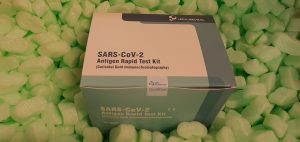
The Role of Mitophagy in the Regulation of Mitochondrial Energetic Status in Neurons
Mitochondria are the primary mobile vitality powerhouses and provide a lot of the vitality in the type of ATP to gasoline important neuronal features via oxidative phosphorylation (OXPHOS). In Alzheimer illness (AD), metabolic and mitochondrial disruptions are an early characteristic previous any histopathological and scientific manifestations. Mitochondrial malfunction is additionally linked to synaptic defects in early AD. Mitophagy serves as a key mobile high quality management mechanism involving sequestration of broken mitochondria inside autophagosomes and their subsequent degradation in lysosomes.
However, it stays largely unknown whether or not mitophagy is concerned in the regulation of vitality metabolism in neurons, and if that’s the case, whether or not metabolic deficiency in AD is attributed to mitophagy dysfunction. Here we reveal that mitophagy is broadly activated in metabolically enhanced neurons upon OXPHOS stimulation, which sustains excessive energetic exercise by growing mitochondrial turnover and therefore facilitating mitochondrial upkeep. Unexpectedly, in AD-related mutant HsAPP Tg mouse brains, early stimulation of OXPHOS exercise fails to appropriate vitality deficits however exacerbates synapse loss as a consequence of mitophagy failure.
[Linking template=”default” type=”products” search=”Rat Embryo E119 Mitochondrial Protein” header=”2″ limit=”140″ start=”2″ showCatalogNumber=”true” showSize=”true” showSupplier=”true” showPrice=”true” showDescription=”true” showAdditionalInformation=”true” showImage=”true” showSchemaMarkup=”true” imageWidth=”” imageHeight=””]
Excitingly, lysosomal enhancement in AD neurons restores impaired metabolic operate by selling elimination of broken mitochondria, defending in opposition to synaptic injury in AD mouse brains. Taken collectively, we suggest a brand new mechanism by which mitophagy controls bioenergetic standing in neurons, furthering our understanding of the direct impression of mitophagy defects on AD-linked metabolic deficits and shedding mild on the event of novel therapeutic methods to deal with AD by the early stimulation of mitochondrial metabolism mixed with elevation of lysosomal proteolytic exercise.

